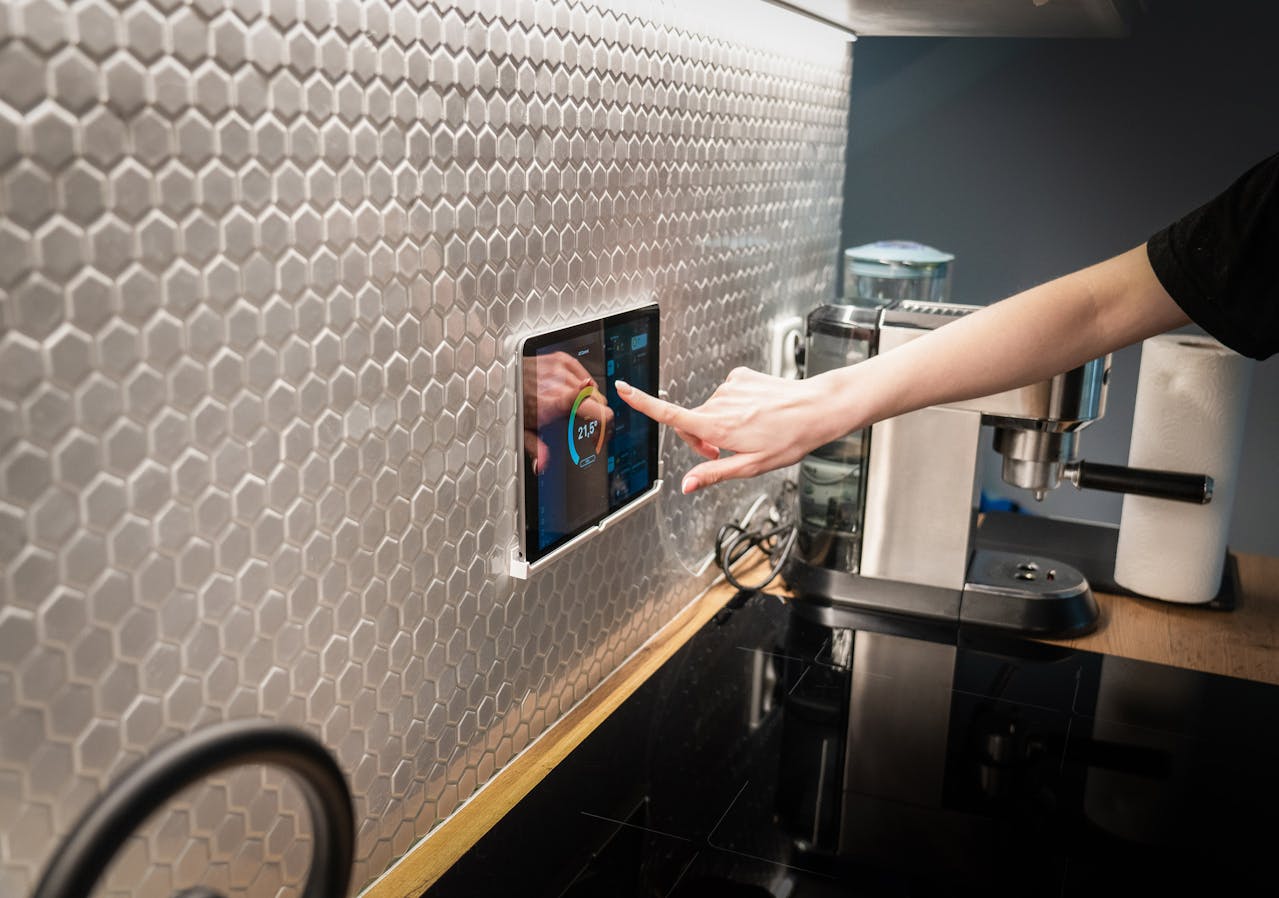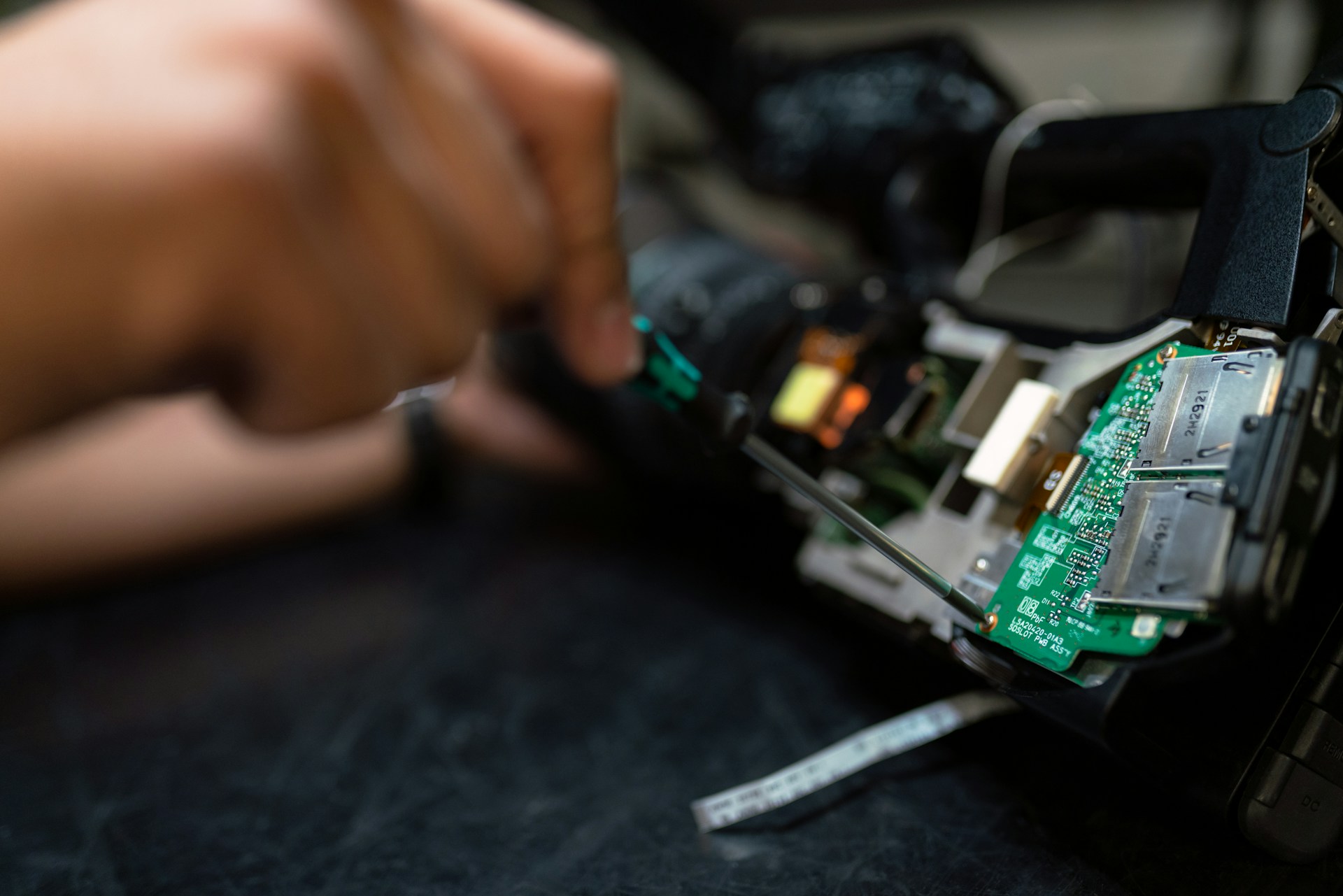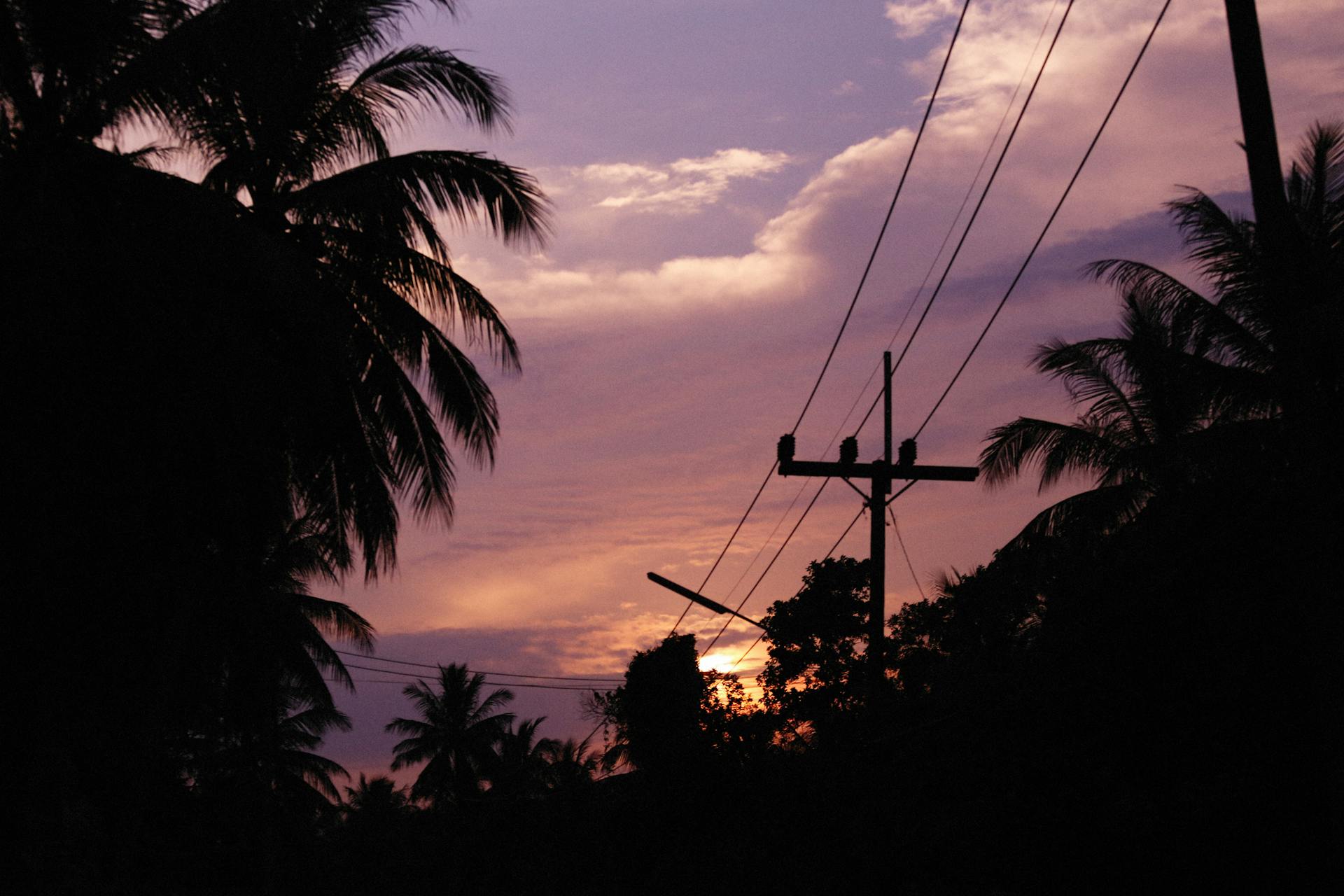
Can Generators Be Integrated with Smart Home Automation?
Published: November 25, 2024 | By Rachel Williams
As smart home technology continues to transform how we interact with our living spaces, one question increasingly arises from homeowners with backup power systems: Can generators be integrated into smart home automation platforms?
The short answer is yes—and the technology is becoming more sophisticated and accessible every year. Today's modern generators can be seamlessly incorporated into home automation systems, offering unprecedented control, monitoring capabilities, and operational efficiency.
This guide explores the rapidly evolving world of smart generator integration, highlighting available technologies, benefits, installation considerations, and future trends.
Key Takeaway: Modern standby generators can be integrated with smart home systems through manufacturer apps, third-party controllers, and home automation platforms. These integrations provide remote monitoring, automated testing, performance optimization, and enhanced reliability—transforming generators from isolated backup systems into connected components of your smart home ecosystem.
Smart Generator Integration Options
Several pathways exist for connecting your generator to your smart home ecosystem:

Manufacturer Smart Systems
Major generator manufacturers now offer proprietary connectivity solutions:
- Generac Mobile Link: Cellular monitoring system with mobile app control
- Kohler OnCue Plus: Wi-Fi generator management with diagnostics
- Cummins Onan Connect: Remote monitoring platform for notifications and control
- Briggs & Stratton Infohub: Wireless monitoring with status updates
These systems typically provide core functionality including status monitoring, maintenance alerts, and remote start capabilities through dedicated mobile apps.

Third-Party Smart Controllers
Aftermarket devices that add intelligence to existing generators:
- Genteq Generator Controller: Universal controller with smart home integration
- EZ Generator Switch: Smart transfer switch with remote capabilities
- Remote Monitor Generator Monitoring System: Add-on monitoring for various generator brands
- Generator controller modules: From automation specialists like Control By Web
These solutions can bring smart functionality to older generators or add features not available through manufacturer systems.

Home Automation Platform Integration
Connect your generator to broader home automation ecosystems:
- Voice Assistant Support: Amazon Alexa and Google Home integration
- Smart Home Hubs: Samsung SmartThings, Hubitat, Home Assistant
- IFTTT: Create custom automation recipes with generator triggers
- Energy Management Systems: Integration with whole-home energy platforms
These integrations allow generators to participate in broader home automation scenes and routines alongside other connected devices.

Custom Integration Solutions
Advanced options for specialized requirements:
- API Integration: Custom programming using manufacturer APIs
- Control System Upgrades: Professional controller replacements
- Industrial Automation: PLC-based control systems for complex setups
- Custom IoT Solutions: Specialized sensors and monitoring
For users with specific needs or multiple generators, custom solutions can provide tailored functionality beyond off-the-shelf options.

Featured Integration: Smart Home Hub Connectivity
Samsung SmartThings has emerged as a popular platform for generator integration, with several manufacturers offering direct or indirect connectivity. Through their open API and growing device ecosystem, SmartThings allows generators to participate in automation routines that can:
- Automatically adjust home thermostats when running on generator power
- Selectively control smart plugs to manage load during generator operation
- Trigger notifications across multiple devices when generator status changes
- Incorporate generator operations into broader power management scenarios
Third-party developers have also created community-developed device handlers that expand compatibility with various generator models not officially supported.
Benefits of Smart Generator Integration
Connecting your generator to your smart home provides numerous advantages beyond basic backup power:
1. Enhanced Monitoring & Control
- Real-time status updates and performance metrics
- Remote start/stop capability from anywhere
- Historical operation data logging and analysis
- Automated alerts for operational issues
- Fuel level monitoring and consumption tracking
Real-world benefit: Receive instant notifications if your generator fails to start during a power outage, even when you're away from home.
2. Automated Maintenance & Testing
- Scheduled exercise testing with customizable parameters
- Maintenance reminders based on runtime or calendar
- Automated diagnosis of potential issues
- Early warning detection for service needs
- Service history and documentation
Real-world benefit: Schedule exercise tests during specific hours to minimize noise disturbance, with automated rescheduling during unfavorable weather.
3. Intelligent Load Management
- Automatic prioritization of critical circuits
- Smart load shedding during peak demand
- Integration with smart switches and outlets
- Power consumption optimization
- Extended runtime through intelligent load balancing
Real-world benefit: Automatically turn off high-consumption smart appliances when running on generator power, then restore them sequentially to prevent overload.
4. Enhanced Safety Features
- Carbon monoxide monitoring integration
- Automated shutdown for hazardous conditions
- Security camera integration for generator area
- Weather-aware operation adjustments
- Emergency contact notifications
Real-world benefit: Integrate with CO detectors to automatically shut down the generator and send alerts if dangerous levels are detected in your home.
Implementation Considerations
Before integrating your generator with smart home systems, consider these important factors:
| Consideration | Description | Recommendation |
|---|---|---|
| Connectivity Requirements | Different integration methods require various connectivity types (Wi-Fi, cellular, hardwired) | Opt for systems with redundant connectivity methods to ensure control during outages |
| Power Requirements | Smart controllers need power to function during outages | Ensure controllers have battery backup or are powered by generator circuits |
| Compatibility | Not all generators work with all smart systems | Verify compatibility before purchasing; newer models offer better integration options |
| Security Concerns | Connected generators introduce potential cybersecurity vectors | Choose systems with strong encryption and regular security updates |
| Installation Complexity | Integration difficulty varies widely between solutions | Manufacturer solutions typically offer easiest installation; custom integrations may require professional help |
| Warranty Implications | Aftermarket modifications may affect manufacturer warranties | Consult with manufacturer before installing third-party controllers |
| Future Compatibility | Smart home platforms evolve rapidly | Choose solutions from established companies with good update history |
Professional vs. DIY Installation
Professional Installation Recommended For:
- Integration requiring electrical modifications
- Solutions that interface with transfer switches
- Warranty-covered new generator installations
- Complex multi-system integrations
- Critical applications where reliability is essential
DIY-Friendly Options:
- Add-on monitoring systems with simple connections
- Manufacturer apps requiring only account setup
- Cellular-based monitoring devices
- Smart home integrations using existing controllers
- Software-based integrations via IFTTT or similar platforms
Smart Generator Products Worth Considering
These solutions represent some of the best options for smart generator integration:
Generac Mobile Link Wi-Fi
This first-party solution from industry leader Generac offers comprehensive monitoring and control for compatible Generac standby generators:
- Real-time status monitoring and alerts
- Remote testing and exercise scheduling
- Maintenance reminders and service tracking
- Historical data logging with performance analysis
- Integration with Generac's PWRview energy monitoring
Compatible with most Generac standby generators manufactured after 2010.
Connectivity:
Wi-Fi with optional cellular backup
Price Range:
$300-500 + subscription
Eco-Link Power Monitoring System
This third-party solution works with virtually any generator, making it ideal for retrofitting older models:
- Universal compatibility with any generator type
- Z-Wave connectivity for smart home integration
- Power monitoring and status detection
- Compatible with SmartThings, Hubitat, and Home Assistant
- No subscription fees or ongoing costs
Great for DIY installation with non-invasive sensing technology.
Connectivity:
Z-Wave (requires compatible hub)
Price Range:
$150-250 one-time purchase
Kohler OnCue Plus Generator Management System
Kohler's premium management solution offers advanced features for their generator lineup:
- Sophisticated diagnostics and performance monitoring
- Email and text alerts for status changes
- Customizable exercise scheduling
- Advanced load management options
- Dealer integration for automated service requests
Best for newer Kohler standby generators with compatible controllers.
Connectivity:
Wi-Fi and Ethernet with optional cellular
Price Range:
$400-600 + optional subscription
For the latest pricing and compatibility information, check the manufacturer websites or contact an authorized dealer in your area.
The Future of Smart Generator Technology
The integration of generators with smart home systems continues to evolve rapidly, with several emerging trends to watch:

AI-Powered Predictive Maintenance
Next-generation systems will use artificial intelligence to predict potential failures before they occur:
- Machine learning algorithms analyzing performance patterns
- Predictive maintenance schedules based on usage patterns
- Automatic parts ordering when replacements are needed
- Optimization recommendations for enhanced performance
Advanced Energy Management
Generators will become part of comprehensive home energy systems:
- Integration with solar, battery storage, and utility power
- Dynamic load balancing across multiple power sources
- Automated generator operation based on utility pricing
- Grid support capabilities during peak demand periods
Voice Control and Natural Language Processing
Voice assistants will offer more sophisticated generator control:
- Natural language commands for complex operations
- Status reports via voice assistants
- Conversational troubleshooting assistance
- Multi-platform voice control integration
Self-Healing Generator Networks
Commercial and residential generators will work together:
- Neighborhood microgrids with shared generator resources
- Automated load sharing between multiple generators
- Cooperative fuel management across generator fleets
- Smart grid integration for utility support functions
Common Questions About Smart Generator Integration
Will smart features work during a power outage?
This depends on your connectivity infrastructure and the specific smart system. Manufacturer solutions like Generac Mobile Link and Kohler OnCue Plus are designed to function during outages, typically through cellular connections or by maintaining local control capabilities that don't require internet access. Systems relying solely on your home Wi-Fi may be limited if your network equipment loses power or internet connectivity is disrupted. The most robust solutions offer redundant connectivity (Wi-Fi, cellular, and direct control) and battery backup for control systems. When evaluating solutions, specifically ask about their operation during extended power outages—the most critical time for generator monitoring.
Can I add smart features to my older generator?
Yes, most generators can be retrofitted with smart capabilities, though the extent of integration depends on your generator's age and design. For generators manufactured in the last 10-15 years, third-party controllers like Genteq or Remote Monitor often provide near-full functionality. For very old or basic generators, simple monitoring solutions that detect when the generator is running and track runtime can still provide useful information without direct control capabilities. Non-invasive sensors that monitor generator output, vibration patterns, or exhaust temperatures offer basic smart functionality without requiring electrical modifications. Professional installation is highly recommended for older systems to ensure safety and prevent damage to your generator.
Are there security risks with connected generators?
As with any IoT device, connected generators introduce potential cybersecurity considerations. The primary risks include unauthorized access to your generator controls, potential for service disruption, and privacy concerns related to operational data. To minimize these risks, choose solutions from reputable manufacturers that regularly update their firmware and employ strong encryption. Avoid systems that don't require authentication or use outdated security protocols. Keep all software and firmware updated, use strong unique passwords, and consider segregating IoT devices on a separate network when possible. The most critical security measure is choosing systems with "fail-safe" designs that default to local control if connectivity is lost, ensuring your generator remains functional even if smart features are compromised.
Ready to Make Your Generator Smarter?
Transform your backup power system into an intelligent part of your smart home with expert guidance and professional installation.
Related Articles
Best Smart Home Systems for Emergency Preparedness
Discover which smart home platforms offer the best features for power outage management.
How to Optimize Generator Fuel Efficiency
Learn how smart controllers can help reduce fuel consumption during extended outages.
Smart Transfer Switches Explained
Understanding the core component that enables intelligent generator integration.
DIY Generator Monitoring Systems for Homeowners
Budget-friendly ways to add basic smart monitoring to your existing generator.
Key Takeaways
- Modern generators can be integrated with smart home systems through manufacturer apps, third-party controllers, and automation platforms
- Smart integration provides remote monitoring, automated testing, performance optimization, and enhanced reliability
- Options range from simple monitoring solutions to comprehensive control systems with home automation integration
- Consider connectivity redundancy, security features, and compatibility when selecting smart generator products
- Even older generators can be retrofitted with basic smart capabilities using aftermarket solutions
- Future trends include AI-powered maintenance, advanced energy management, and microgrids with generator networking
- Professional installation is recommended for solutions that interface with your generator's electrical systems

